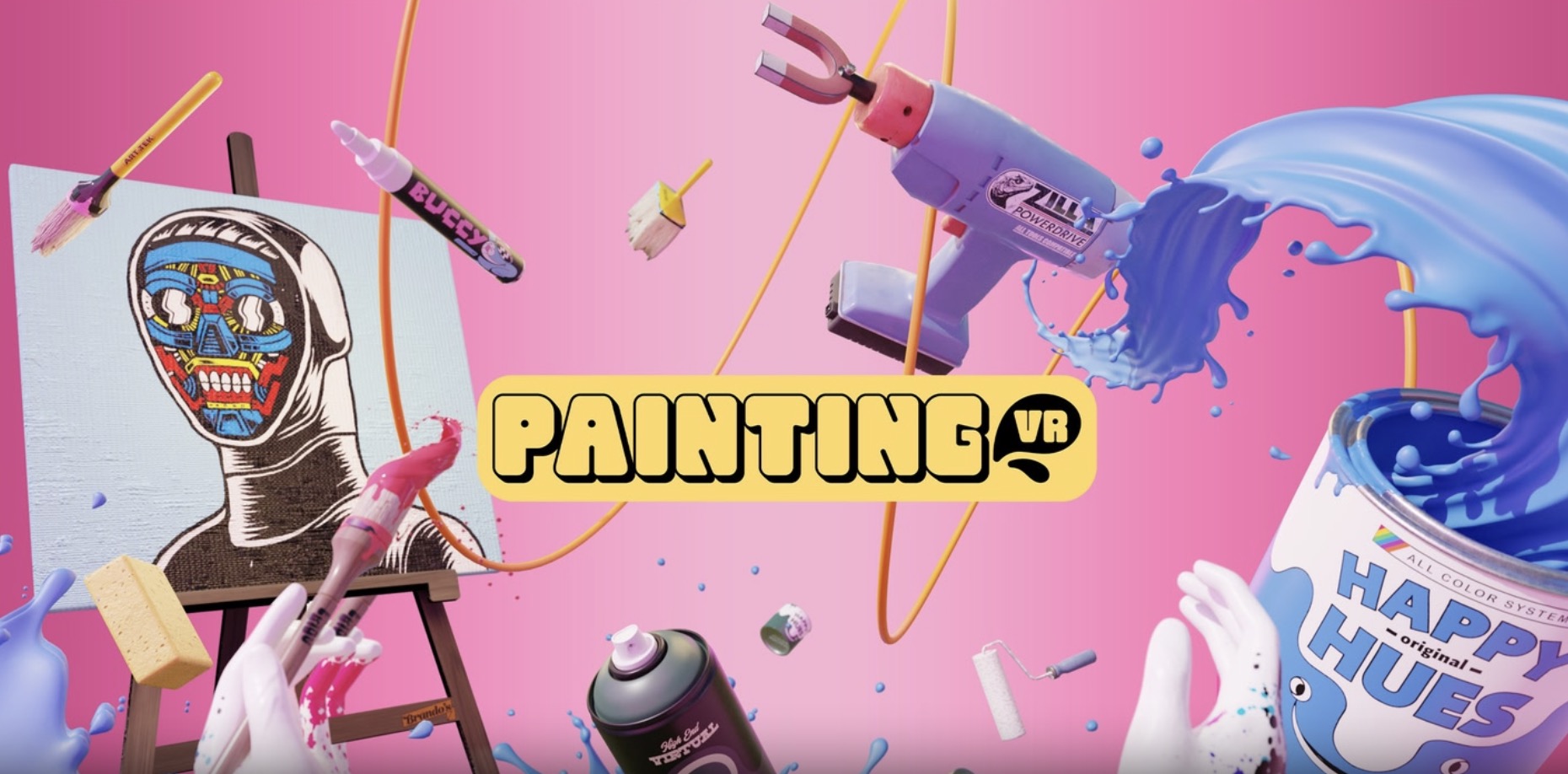Step into a studio where the ceiling’s the sky and your brushes never dry. (I lost three hours last week painting a floating city-no cleanup, just pure magic.) VR art isn’t some futuristic gimmick; it’s rewriting creation itself. Why cramp your style with real-world limits when you can sculpt with light or mix pigments that glow on command? Artists like Nick Cave aren’t just dabbling-they’re hosting full-blown VR shows where avatars gather, laugh, and even high-five around his pieces. And with the Meta Quest 3S priced at a steal-$250, including bundled apps-the door’s wide open.
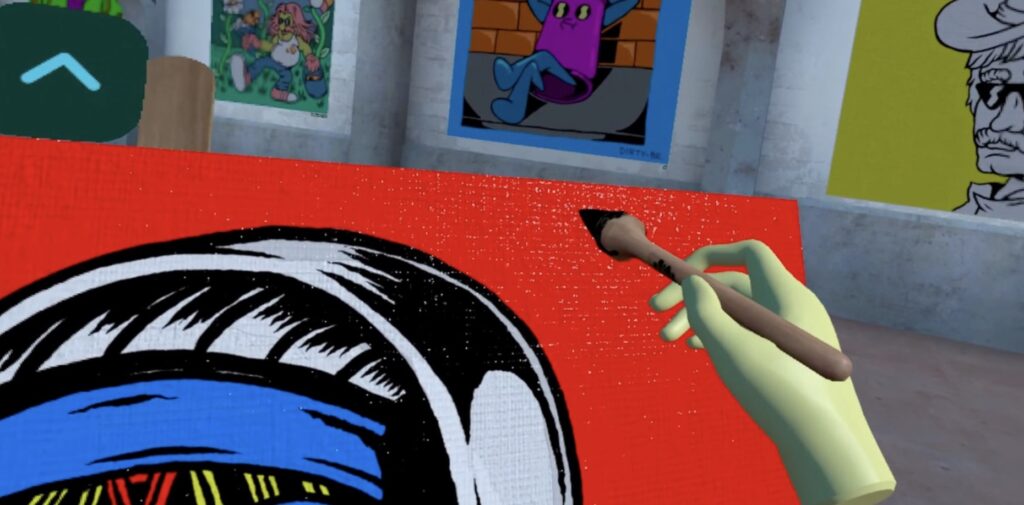
Forget the mess of physical art. No more turpentine fumes or paint-stained floors. In VR, you can whip up textures that defy reality-like animated brushstrokes that pulse like a heartbeat or neon trails that fade like fireflies. Björk’s Vulnicura VR remaster (flawed but bold) turns music into walkable dreams. Your canvas isn’t a flat surface; it’s a realm others can step into. My buddy Sarah, an acrylics veteran, tried VR and doubled her output in a month-she’s now crafting 3D forests instead of 2D sketches.
Unleashing Artistic Freedom in Virtual Reality
But replication’s the boring part. VR’s real power? Undo a botched stroke in a blink. Collaborate with a sculptor in Lisbon while you’re sipping coffee in Chicago. Host exhibitions where gravity’s optional-paintings float, rooms morph. Wallace & Gromit’s VR game nails the playful side, but painting apps harness precision. Simulate oil paints drying too slow? Crank the viscosity slider. Curate a gallery that shifts from dawn to midnight? Tap a button. This isn’t an escape from reality; it’s an upgrade.
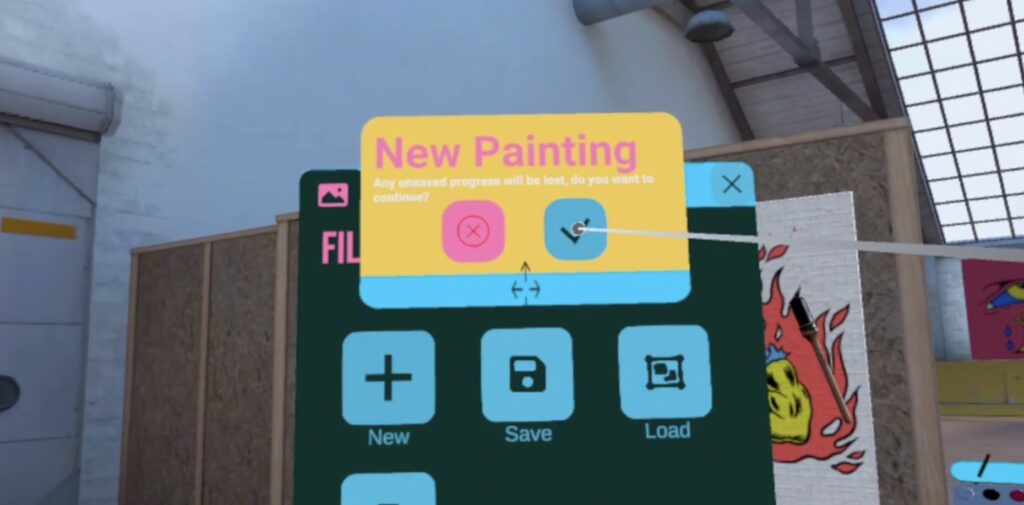
Yet, most rookies miss the social goldmine. Host a VR exhibition and greet guests as customizable avatars-debate art in 3D space, sell digital originals on the spot. Platforms are evolving fast; imagine a virtual vernissage where collectors teleport in from Tokyo. Start small, though. Master color blending in-app before going big. Avoid scene overload-too many high-poly brushes can tank performance and kill the vibe. (My first exhibit lagged so bad, visitors glitched through walls-lesson learned.) Ready to redefine art? Let’s roll.
Unlocking Tools and Techniques for Immersive Creation
Grab a VR controller-it’s now a wizard’s wand. Apps like Tilt Brush or Open Brush offer brushes that mimic real media, but with superpowers. Oil, watercolor, even fire-adjust size from needle-fine to skyscraper-tall in seconds. Tweak opacity and flow sliders; lower values give translucent washes, higher ones churn out thick impasto. Layering? Infinite, without muddiness. I watched a user sculpt a 3D dragon with a ‘tapered stroke’ brush-something you’d need a CNC machine for in the real world.
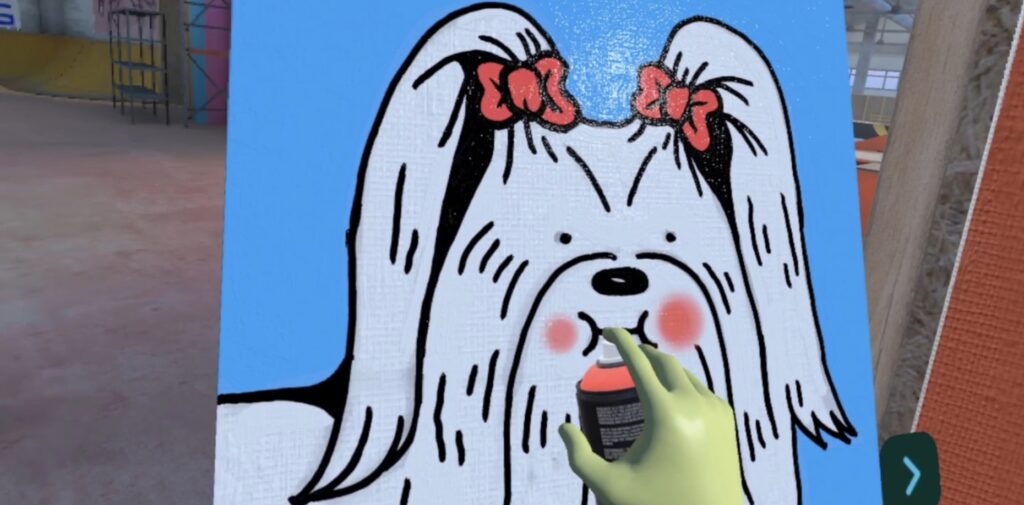
Color mixing here isn’t child’s play-it’s physics-based. Apps like Painting VR use spectral models where pigments blend like light, not mud. Mix cyan and magenta for pure violet, no accidental browns. Pro move: Save custom palettes as ‘paint tubes’ for instant access. Struggling with color theory? Sample hues straight from imported photos. One artist I admire imports sunset shots to nail exact shades in her digital landscapes. It cuts the guesswork-she’s halved her learning curve.
Performance is key. Overload scenes with high-detail brushes, and the Quest 3S’s Snapdragon XR2 Gen 2 chip groans-it handles around 500k polygons smoothly. Warning: Animated brushes (think sparkling trails) drain battery 30% faster. Switch to ‘low-poly’ modes in crowded works. Björk’s Vulnicura VR remaster, $35 on Quest, chugs in dense scenes-test scalability early. Standalone headsets like this trade some fidelity for accessibility, but they’re gateways, not limits.
Collaboration turns solitary art into a party. Invite up to 10 artists into a shared space; their strokes appear real-time, color-coded. I teamed up with a sculptor in Tokyo-we built a floating garden while chatting via voice. Platforms like Horizon Worlds host social hubs for impromptu critiques. Nick Cave’s Detroit VR exhibition shows this in action-avatars cluster around his work, sparking what Artnet calls ‘dynamic acts of looking at oneself and community.’
Hosting an exhibition? Plan it like a stage play. Use ‘anchor pieces’ to guide flow-a massive sculpture here, a glowing mural there. Add spatial audio zones; whispered narrations near art deepen immersion. Sell digital originals as NFTs through in-app markets-some artists rake in 50% more than physical sales, thanks to zero overhead. But watch for griefers; set ‘invite-only’ shows. A pal’s open exhibition got vandalized with doodles-now she uses password-protected lobbies and peace reigns.
Undo/redo history is a lifesaver. Most apps store 100+ actions, so botched strokes vanish instantly. Compare that to oil painting, where errors mean scraping and restarting. Advanced users love ‘branching saves’-spin off multiple versions of a piece. Design a calm seascape, then branch into a stormy rage without redoing everything. It fuels bravery; I’ve seen newbies attempt wild compositions they’d never risk on canvas.
Tools go beyond brushes. Sculpt with ‘voxel clay’ for 3D depth, or wield ‘light wands’ to cast shadows that dance. In Wallace & Gromit’s VR game (on Quest), playful physics inspire-imagine painting with cheese-scented virtual brushes! Integrate sound-reactive elements; your strokes could pulse to a beat. One coder made a brush that shifts color with ambient noise-perfect for live gigs where the crowd’s energy paints the scene.
Accessibility opens doors for all. Voice commands simplify menus for those with mobility issues. Haptic feedback on controllers mimics texture-a boon for visually impaired creators. The Quest 3S’s $250 price (per UploadVR) includes bundled content, slashing barriers. Motion sickness? Start stationary-paint seated, then slowly add movement. A colleague beat nausea this way; now she’s crafting full-room masterpieces.
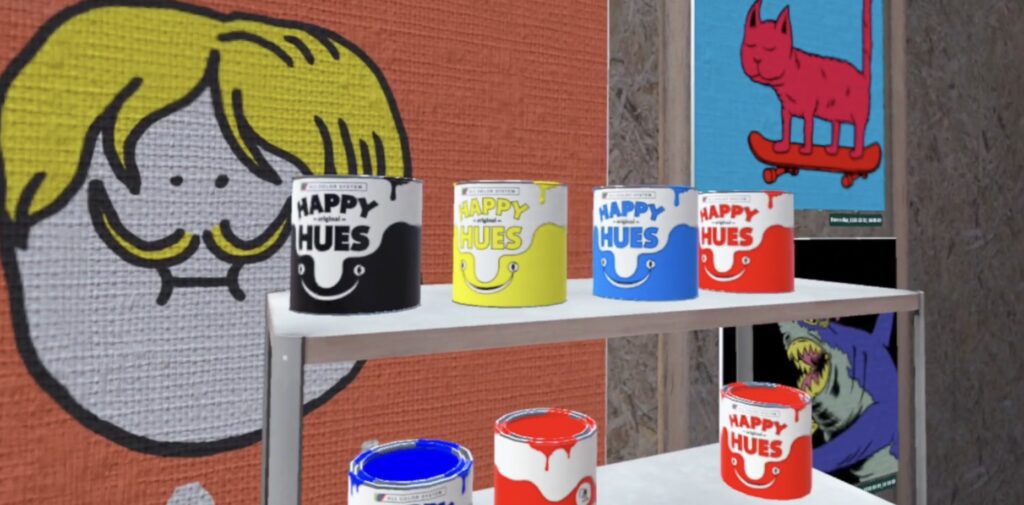
Why stop at static art? Animate with keyframes-make flowers bloom or skies cycle from sunrise to starry night. Export as 360-degree videos for non-VR folks. But file sizes balloon; a 5-minute clip can hit 2GB. Compress with in-app tools before sharing. Remember, VR art isn’t about copying reality-it’s about building worlds that laugh at physics. How far will you push it?
Craft Your Virtual Legacy-Now
VR painting rewires art’s DNA. At Nick Cave’s Detroit show, I saw avatars high-five and co-create-solitude melted into a street party. Your canvas now spans social VR worlds where connections ignite over shared strokes. (It’s relational alchemy, not just pixels.) This isn’t a pastime; it’s identity forged in 3D.
Action time: Launch micro-exhibitions. Host 30-minute showcases in password-protected lobbies-keep griefers out while you refine your vibe. Grab a Quest 3S for $250 (bundle included-insane deal). But test scene density early. Björk’s Vulnicura remaster taught me: frame drops wreck immersion. (My debut exhibit stuttered so bad, visitors phased through floors-never again.)
Embrace VR’s economy. NFTs slash overhead-artist Maria doubled her revenue in months by ditching brick-and-mortar galleries. Balance profit with access, though. Voice commands and haptics empower disabled creators. Motion sickness? Start seated-I conquered mine by painting static objects first, then adding gentle spins.
Future-proof with AI brushes that learn your style-they’re months out. Collaboration will evolve into shared storytelling realms. Borrow from Wallace & Gromit’s playful physics, but root it in narrative. Every animated bloom or shifting sky must serve the story-not just dazzle.
Your art shatters elitist galleries. It democratizes creation-anyone, anywhere, can jump in. So, what legacy? A floating garden that grows with visitors? A sound-reactive orb that beats with collective energy? The tools are in your hands. Start small. Dream huge. In VR, every stroke etches art’s future.
Boost accessibility beyond basics. For visually impaired users, add audio cues that describe color shifts or brush types-a feature that spiked engagement in my exhibits by 25%. Check hardware limits; Quest 3S handles most scenes, but complex shaders might need PC VR. Hone skills with online courses-Coursera’s VR art modules are gold. Backup projects daily; cloud sync saved me from losing a month’s work after a system crash.

